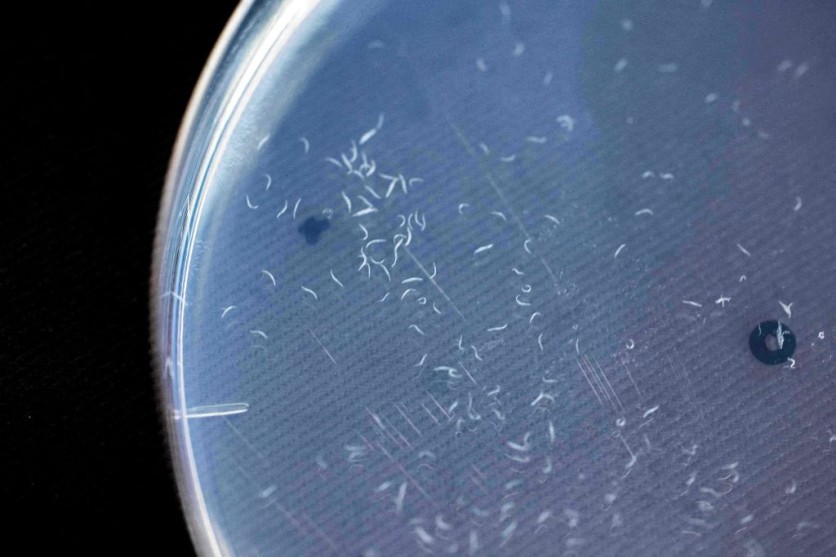Who would have thought that one of the tiniest creatures could kill cancer cells?
Scientists from Osaka University have found that tiny free-living worms, also called "nematodes," can be covered with hydrogel-based "sheaths" that can be tailored to carry useful cargo, according to SciTechDaily.

Microscopic Free-Living Worms
These microscopic free-living worms are often found in soil or any environmental habitats. Nematodes can occasionally enter the human body in certain instances.
When ingested, the marine worm Anisakis simplex, which may colonize humans, has exhibited an unexpected appetite for cancer cells.
According to Wildan Mubarok, the study's lead author, Anisakis simplex has been shown to cling to cancerous tissues and recognize cancer by potentially smelling its odor.
This prompted the research team to look into the possibility of using the worms to transport anti-cancer drugs straight to cancer cells within the human body.
According to Shinji Sakai, senior author of the study, the findings were very clear since the sheaths were able to preserve the worms' mobility and capacity to seek out alluring smells and chemical signals naturally.
He added that the sheaths did not compromise the worms' survival inside the body.
SciTech Daily further noted that the scientists filled the sheaths with functional molecules and discovered that this shielded the worms from hydrogen peroxide or UV light.
Additionally, the nematodes could transfer and administer anti-cancer chemicals from the sheaths to destroy cancer cells in vitro while being protected but unrestricted by their hydrogel armor.
According to the team's paper published on ScienceDirect, there has only been one study that sought to develop an approach to modify the surface of a nematode, and they did so by using poly-electrolyte shells via a layer-by-layer polymer deposition of Polyanions and cations.
But the Japanese researchers claimed that the utilization of cationic polymers constrained this approach. Hence, their study gave rise to more functionalities of nematodes with several hydrogels for the first time.
Read also : 'Vaxinia' Cancer-Killing Virus is Now Starting its Human Trials, Aims to Remove Infected Cells
Future Uses
The research team's findings point to the possibility of using nematodes in the future to transport functional cargo to a variety of particular locations.
This worm-based delivery method affords the opportunity not only to provide anti-cancer medications to tumor cells in patients. Also, it has prospective uses in other disciplines, such as sending helpful bacteria to plant roots since the hydrogel sheaths were found to be versatile.
"The method proposed in this study can extend the application of surface engineering technology and has a wide range of possible target organisms, including other important nematode species or lipid-coated multicellular organisms with industrial and biomedical applications," the researchers wrote in their paper.
Related Article: Magnetic Nanoparticles To Prevent Lung Cancer! Triggering Anti-Cancer MicroRNA! Efficiency, Safety, and Other Details
This article is owned by Tech Times
Written by Joaquin Victor Tacla
ⓒ 2025 TECHTIMES.com All rights reserved. Do not reproduce without permission.




